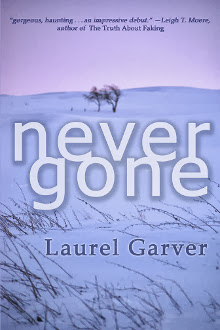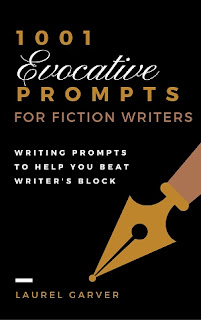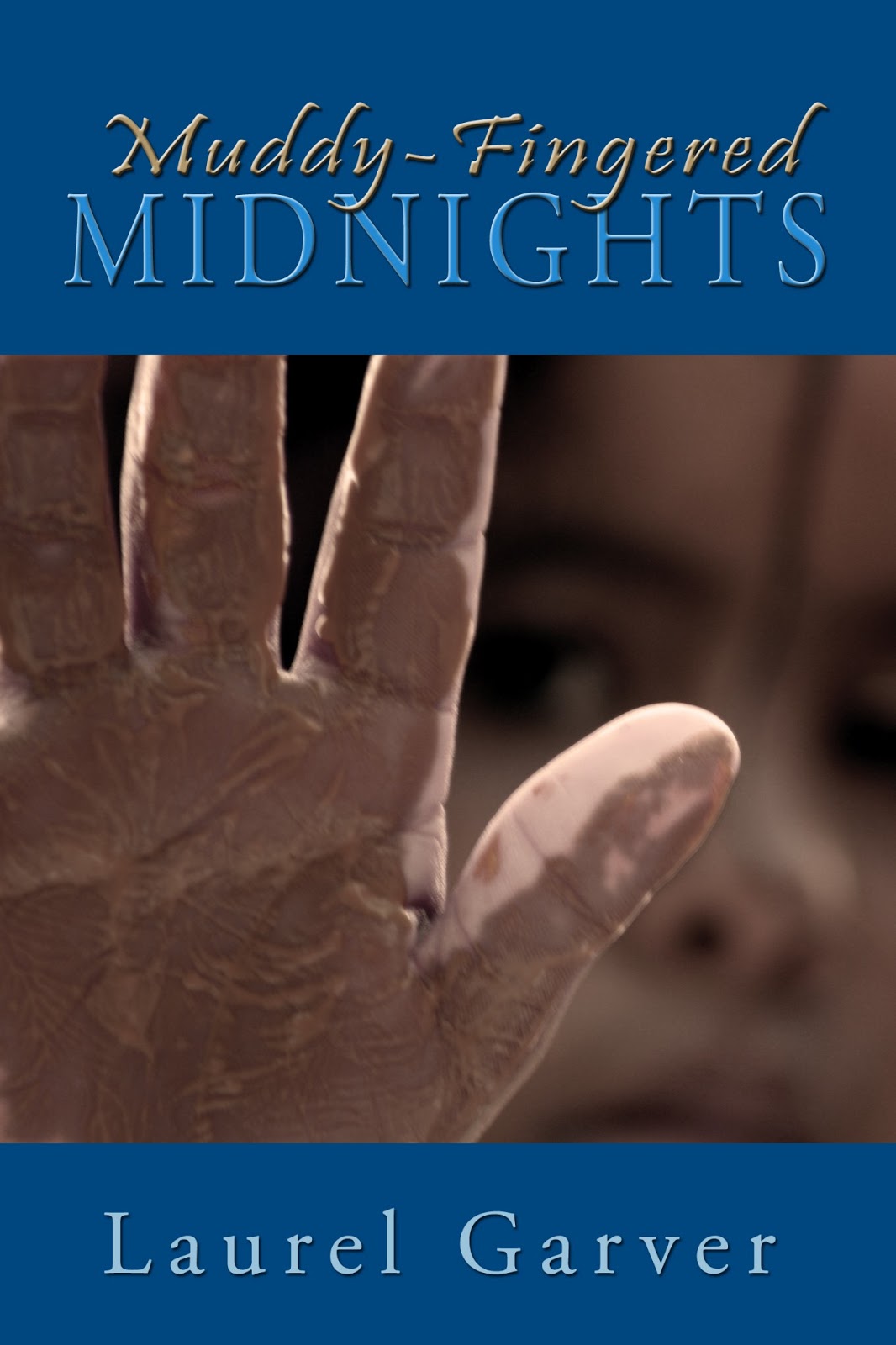Book and Internet research can provide you will all kinds of wonderful facts and details, as well as stimulate your thinking about possible story events, locations, and people to inhabit your fictional world.
But this sort of research isn’t interactive. It also typically isn’t customized to your specific needs. Thus, you can spend a great deal of time wading through reams of information to get to the facts and details you truly need.
Many times you’ll get the very
best information most quickly by speaking with an expert. A ten minute phone conversation might just save you from hours of trawling through page after page of useless information. And more often than not, an actual human being will have insider knowledge that will
keep you from making embarrassing mistakes.
For example, a medical book might give you the correct terminology for a hospital procedure, for example, but that term is likely not the one bandied about among the hospital staff. Using the more formal term will make your information seem stilted and naive and could cause readers to lose confidence in your authority over your story world.
Finding experts
You need the right kind of expert who can speak to your story’s particular situation. Your family doctor might know the standard procedure for treating a broken leg, but his knowledge is likely limited to treatment best practices under ideal conditions. You know, in a clean, shiny hospital. But what about injuries in non-ideal conditions, when X-rays and surgery are not readily available? Your family doctor isn’t going to be much help—partly because he will fear opening himself to legal liability by dispensing advice that isn’t clinically defensible. Your better bet would be to find a military field medic, or a mountain climber trained in first aid—someone who has experience with non-ideal conditions.
A golden truth I learned in journalism school is that
people love to be considered experts (well, eight out of ten; take into account a certain percentage of natural jerkiness in the general population). Start by approaching people you already know, and be as specific as possible with the kind of information you’re seeking.
Your friends and family just might surprise you in having a hidden expertise or life experience that would make them excellent resources to provide you authentic details. Staying curious when in social situations can yield amazing opportunities. The cousin seated beside you at your nephew’s wedding reception just might be a law enforcement officer, a Civil War re-enacter, a cancer survivor or oenophile. Even the charming flower girl might help you write a child character by getting you up to speed on youth culture today.
When you meet people, keep your radar attuned to where their interests, experiences, and training intersects with your story world and
bravely ask questions. A simple request like “tell me about yourself” can turn a dull party into a research extravaganza.
I once got some amazing research done while at a church luncheon. I was seated by a friend who is a speech-language pathologist, and realized she might know something about speech problems in stroke patients, an element in my story. So I said, “I’m working on a story in which a grandparent has a stroke. What kind of speech problems might he possibly have?” That short chat was more focused and helpful than hours of reading. She knew in practice, not just theory, how patients behave and what the stages of recovery look like. That kind of information is pure gold.
This technique is great for those socially-demanding seasons when you shuttle from wedding to graduation to baby shower.
Think about how your story might connect to every person you meet. Tap their knowledge and expertise as a professional, volunteer, hobbyist, or representative of an age group, family role, ethnicity or religion. And if the setting isn’t appropriate or convenient to have a useful chat, arrange for another time to interview them.
Your personal contacts might also lead you to other experts in their
extended networks. The idea that every person on earth is “six degrees of separation” from any other person is actually pretty amazing when you think about it. Anyone you regularly cross paths with, from your mother to your plumber, likely knows someone who knows someone.
But don’t be afraid to take a leap and call or e-mail a stranger whose name you uncover while researching. The worst they can do is ignore you or say, “Sorry, I can’t help you.”
What kind of expertise would help you write your story?












